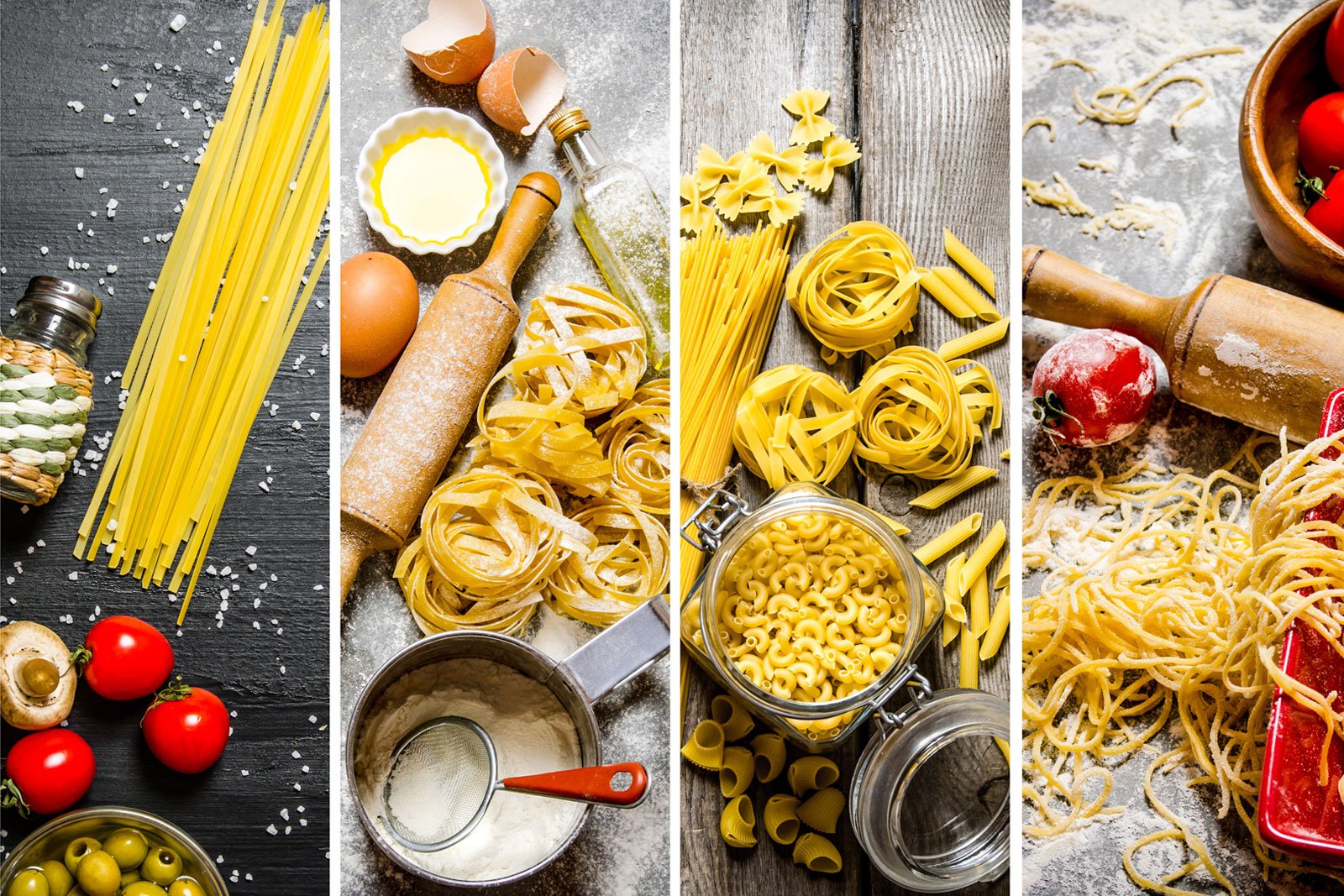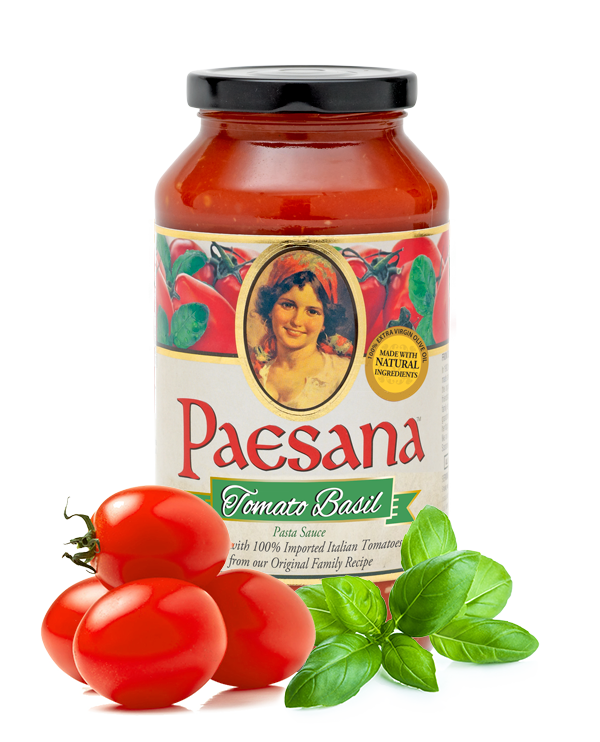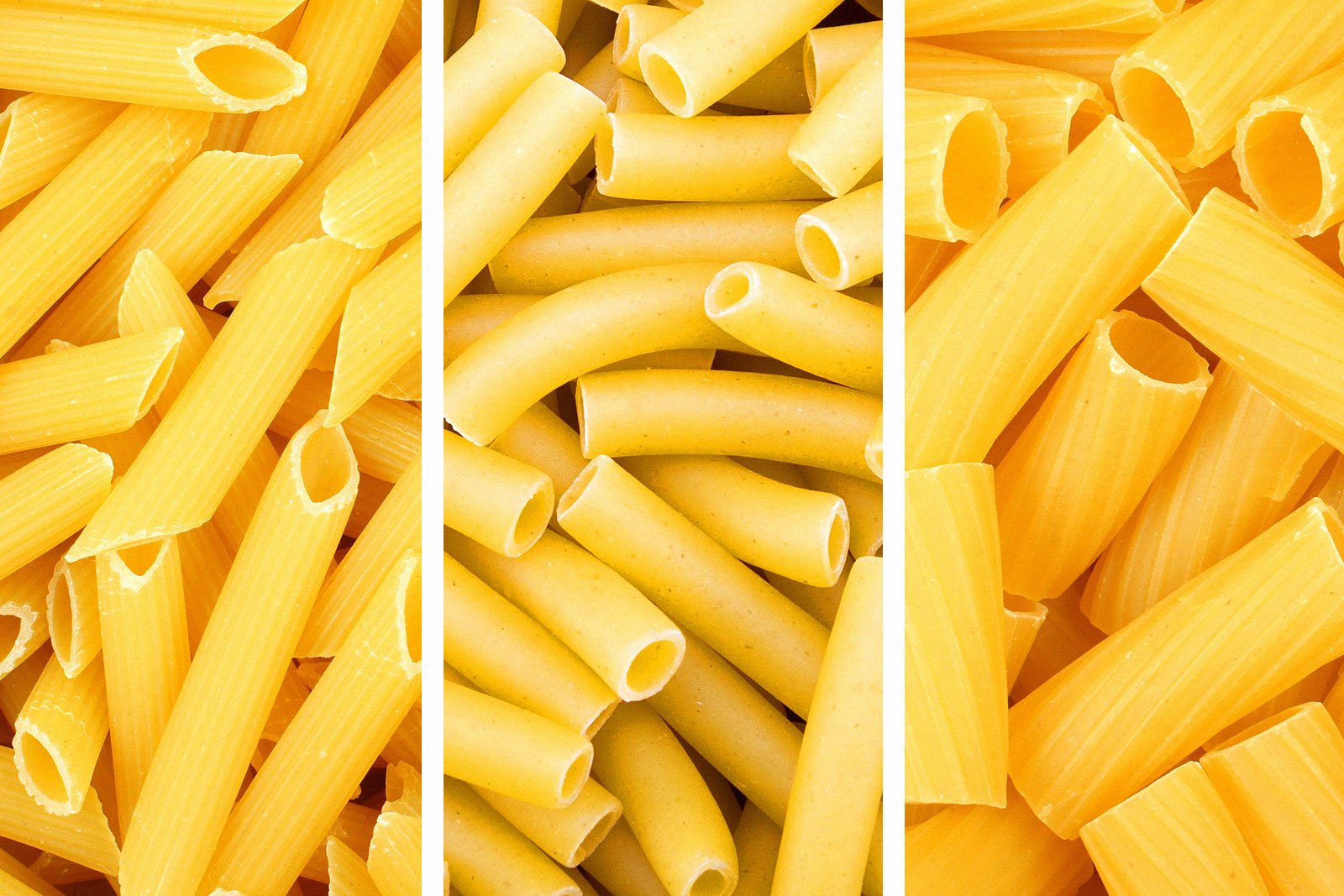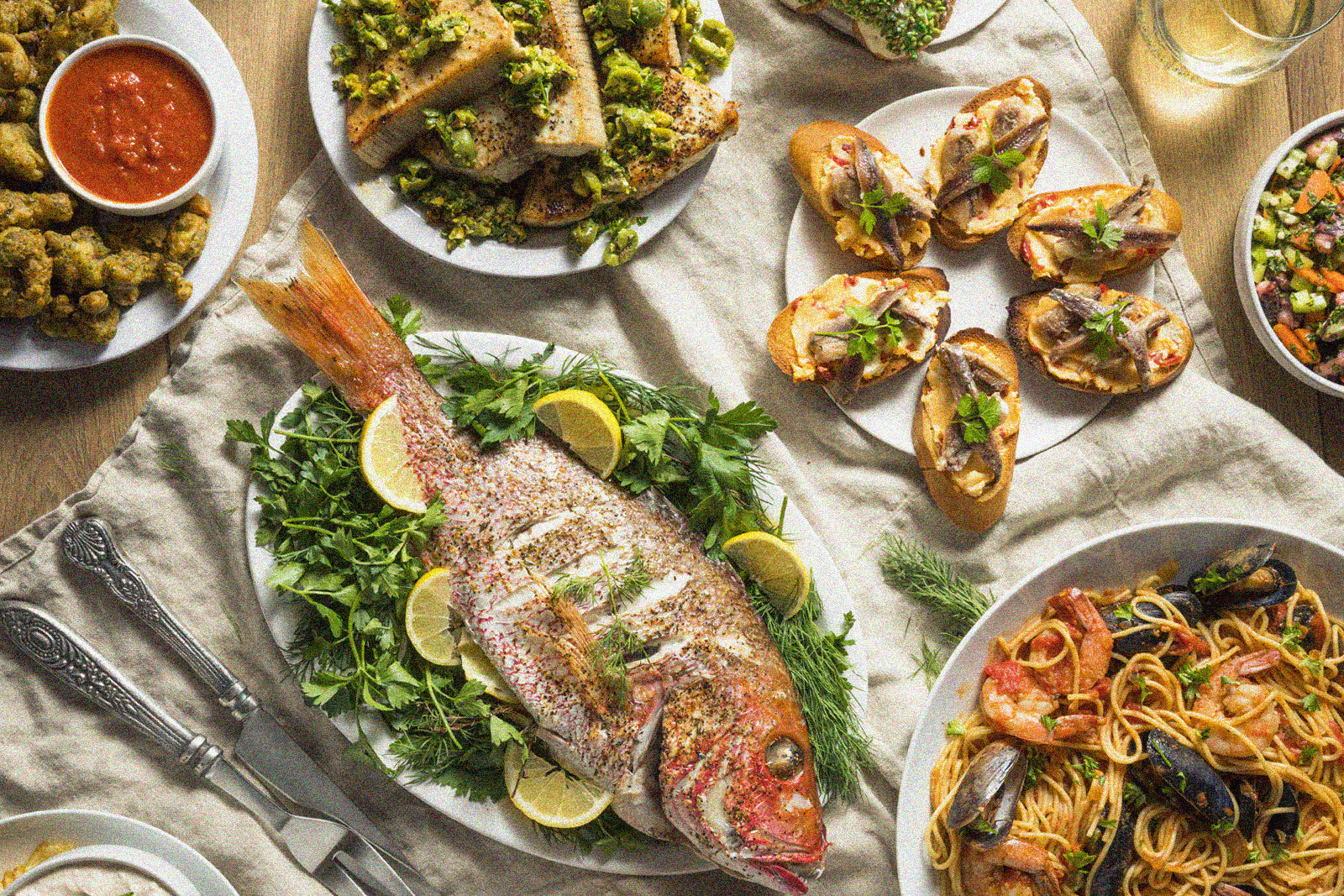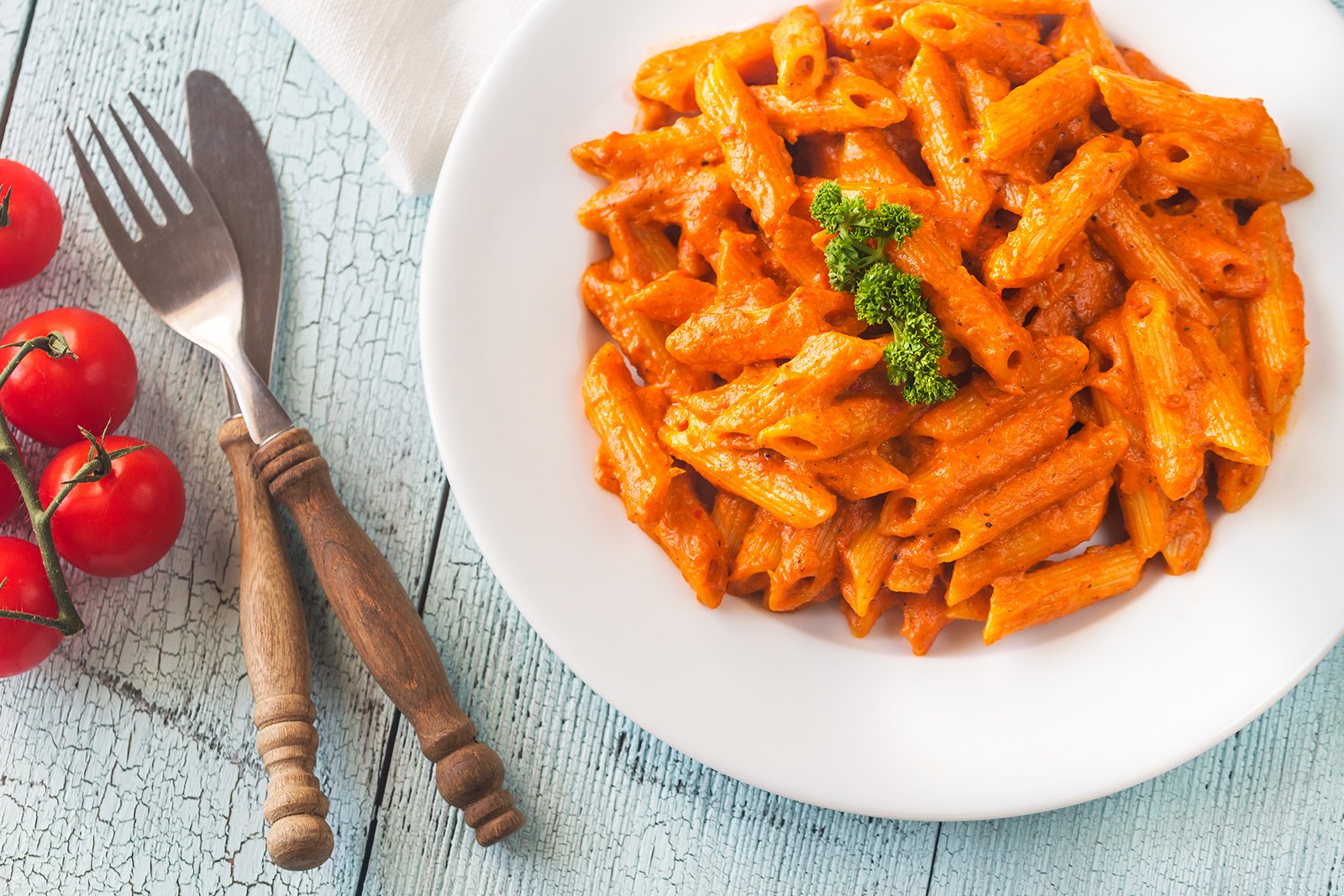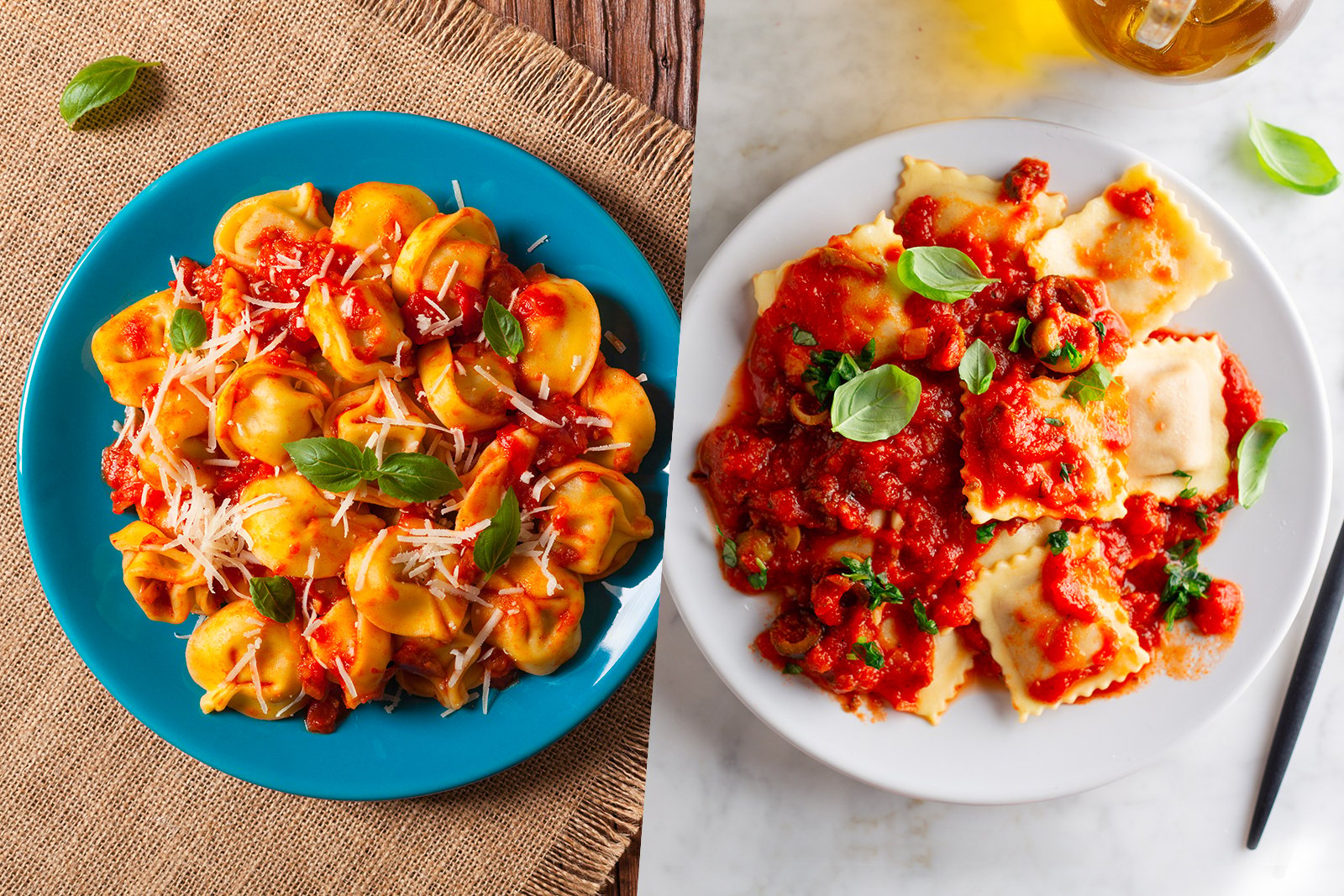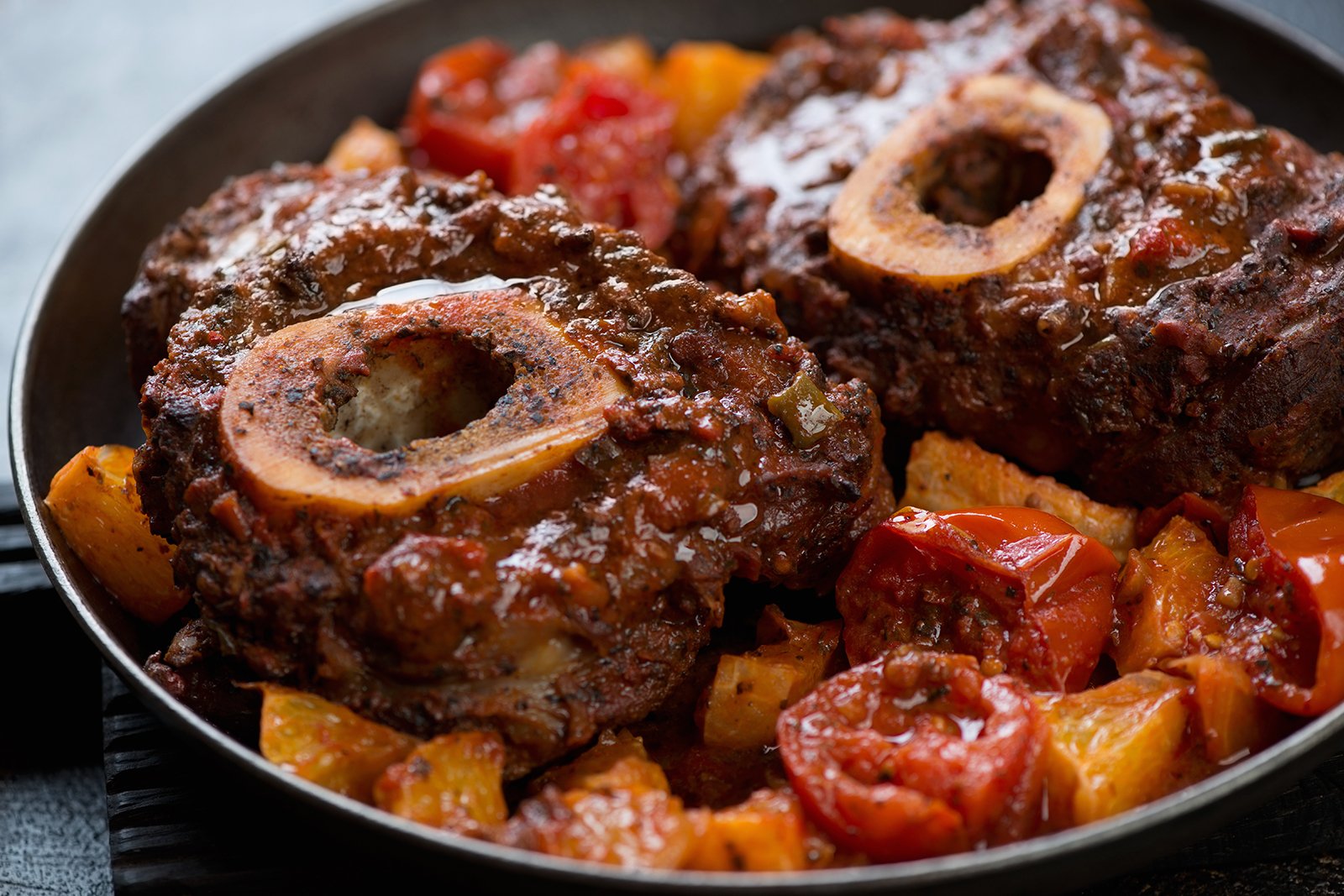Many of us grew up with kitchen pantries that overflowed with boxes upon boxes of dried pasta. In all shapes, sizes, and textures, these dinnertime mainstays came from brands like De Cecco, Ronzoni, Barilla, and more—all reliable sources of pasta that seemed to pair perfectly with an all-day Sunday sauce or a quick weekday marinara.
Home cooks, and the families they fed, were all thoroughly content with the dried-pasta lifestyle and never even considered an alternative to the food’s that shaped their Italian-American upbringing. Of course, we were all fully aware of fresh pasta—many of us can even recall kitchen memories of flour, eggs, and pasta rolling machines—but it was always far more common to break open a box of dried spaghetti or penne or rigatoni when pasta and sauce was on the dinner menu.
Then, sometime in the 1990s or 2000s, food found its way into pop culture. This foodie movement spawned the Food Network and similar entertainment efforts that elevated eating to trendy new heights. While this phenomenon led to a celebration of cultures from around the world, it also resulted in unfortunate instances of food discrimination, where pretentious types would scoff at any foods deemed “not fresh.” Truly, “convenience” became a pejorative term in the food industry.
In some foodie circles, dried pasta was labeled as inferior to its fresh counterpart and unworthy of sauces prepared by five-star chefs and home cooks alike. Well, if there was ever a food opinion that was undercooked, it’s that!
The truth is, both fresh and dried pasta belong in your kitchen repertoire! There are recipes that benefit from having fresh pasta on hand, while there are some preparations that will be far more successful when you utilize boxed, dried pasta. And in the end, isn’t the main goal to create a meal that is, above all else, delicious?
Before choosing what dish to make and which type of pasta to use, it’s important to know what separates the two variations. So, what are the main differences between the two forms of pasta and when should you choose the boxed variety over fresh and vice versa?
What’s The Difference Between Fresh and Dried Pasta
Fresh pasta and dried pasta are actually two completely different types of pasta. Not all pasta begins life as fresh pasta—for example, you don’t take fresh pasta and hang it in a food dehydrator to make dried pasta. And dried pasta certainly isn’t fresh pasta that’s “gone bad” or left out to go stale like bread.
The two types of pasta are actually comprised of unique ingredients, which end up resulting in two products that are basically two entirely different foods. Dried pasta is made with a different kind of dough and without eggs, which, along with flour, are the primary ingredients in fresh pasta. The two separate preparations produce disparate textures, tastes, colors. What’s more, many of the pasta shapes you know and love are only possible with dried pasta.
Here’s a more specific look at how the two types of pasta differ:
Dried Pasta
- Made from semolina flour, water, and salt
- Can be stored at room temperature almost indefinitely
- Air-dried, bronze-extruded pastas originated in southern Italy
- The firmness of dried pasta allows it to hold up the heartiest sauces
- The rough texture helps flavorful sauces to “cling” to dried pasta
- Most shapes of dried pasta double in shape when cooked
Fresh Pasta
- Contains eggs and additional water
- More tender than dried and takes half the time to cook
- The delicate texture makes it perfect for cream- and dairy-based sauces
- Fresh pasta is far more smooth than dried
- Fresh pasta is more common in northern Italy
- It tends to be more expensive than dried and also must be refrigerated
When Should You Use Dried Pasta?
You’ve heard of the term al dente, right? This is the toothsome bite that all pasta chefs worth their salt strive for in the kitchen. This firm structure, the main calling card for dried pasta, provides the strength needed for dried pasta to stand up to heavier sauces with more ingredients. Some of the very best long dried pastas, including spaghetti, rigatoni, linguine, and bucatini, all take extremely well to tomato sauces and ingredients like meat, garlic and oil, capers, olives, anchovies, beans, peas, and chopped vegetables.
Three are many pasta and sauce pairings that have become classics in Italian-American cooking. Click here to read about some of Paesana’s favorites!
When Should You Use Fresh Pasta?
Fresh pasta, on the other hand, isn’t intended to be served al dente. Instead, this pasta should be prepared until it is tender and almost velvety to the touch and to the tooth. This makes fresh pasta ideal for delicate sauces that use melted butter or whole milk as a base, like alfredo or carbonara, which are magnificent with fresh pastas like tagliatelle, pappardelle, and fettuccine.
A quick note about pappardelle: You might be saying to yourself, “Wait a minute, pappardelle is a fresh pasta and it goes wonderfully with a hearty, meaty bolognese sauce. What gives?” The key to a great bolognese is the inclusion of simmering milk to the tomato-based meat sauce. It’s this dairy element that makes pappardelle the go-to pasta for bolognese.
Be Creative In Your Italian-American Kitchen
Of course, in your kitchen, the only rules that apply are the ones that you’ve created. If you wish to take pappardelle and cover it with a sauce that’s typically used for dried pasta, go for it! Similarly, if you want to give your rigatoni a carbonara treatment, no one is going to stop you. Be creative in your kitchen and enjoy delicious foods however you wish!
Food should be an expression of your personality, only influenced by your taste and the tastes of those that you cook for. Whether it’s fresh or dried pasta, find a recipe you truly love and prepare it in a style that excites you! Take Paesana with you into that creative kitchen journey—our array of authentic, homemade sauces are the perfect finishing touch to any pasta, fresh or dried.

